 BW FILE PHOTO
BW FILE PHOTOBy Pavit Ramachandran
THE PHILIPPINES is entering a pivotal phase. In 2025, after a strong post-pandemic recovery, the economy is expanding steadily and remains one of the fastest growing countries in Southeast Asia. Over the past two years, gross domestic product (GDP) growth has averaged 5.6%. Inflation is currently easing, and investor confidence remains solid. Upper middle-income status is expected by many soon.
But the path ahead will not be easy. From geopolitical instability and global economic uncertainty to increasingly frequent weather-related disasters, the risks are real — and growing. The question is not just whether growth will continue, but whether it will be inclusive, sustainable, and resilient.
To achieve that, the Philippines needs to focus its efforts on three interconnected priorities: investing in its people, building infrastructure that connects and empowers, and accelerating resilience to the changing climate.
INVESTING IN PEOPLE: SEIZING THE DIGITAL AND AI MOMENT
Heila Balgos thought her life had no meaning and direction when she couldn’t find a job two years after graduating from college. But after discovering and completing the technical and life skills training under JobStart Philippines, a full-service youth employment program run by the Department of Labor and Employment and funded by the Asian Development Bank (ADB), she found her purpose in life.
After her internship at Astoria Hotel Palawan, Heila rose through the ranks to become a company auditor. She is now her family’s breadwinner, saving enough to fix their house and buy a television for her siblings, who used to watch TV in their neighbor’s house.
Heila’s story isn’t an isolated case. It’s one of thousands that show how lives can change with the right tools, preparation, and support.
The country has a demographic advantage that many aging economies envy: a young, dynamic, and digitally inclined workforce. But unless this workforce is well nourished and equipped with the right skills, that demographic dividend could turn into a missed opportunity.
While unemployment has dropped to 3.8%, underemployment remains persistently high. Many Filipinos are in low-productivity, informal jobs with little room for advancement. And as digital technology and artificial intelligence (AI) transform industries — from customer service and logistics to design and analytics — the pressure to adapt to new technologies is intensifying.
The Philippines, long a global leader in business process outsourcing, could either ride this wave or be swept aside by it. Generative AI is already changing what clients expect from service providers. Routine, repetitive tasks are being automated, while demand is growing for roles that combine digital savvy with creativity, emotional intelligence, and problem-solving.
Preparing workers for this shift will require more than updating the computer labs. It calls for a full-scale rethinking of education and training — from primary school to post-graduate, from online courses to on-the-job apprenticeships.
That means embedding digital and AI-relevant skills into the national curriculum, building industry-led training pathways, and expanding programs that provide real-world experience. Equally important is ensuring workers’ health and well-being, especially for young people. A healthy, well-nourished child today is a productive worker tomorrow.
ADB is supporting these efforts across the board — from basic education to education technology, and universal healthcare, to new partnerships with private employers to align training with real market needs. The private sector is not just a beneficiary here—it must be a co-designer of solutions.
CONNECTING THE COUNTRY: INFRASTRUCTURE THAT BRIDGES GAPS
The Philippines’ geography is both a marvel and a challenge. With over 7,000 islands spread across vast distances, connectivity isn’t just about convenience — it’s about resilience, inclusion, and competitiveness.
Yet infrastructure investment still lags regional peers. Logistics costs remain among the highest in Asia. Power remains expensive, unreliable, and unevenly distributed. Farmers in rural areas are still isolated, losing time and income because they lack reliable roads to transport their goods.
Ruel Tanucan, a farmer from Zamboanga Sibugay province, says that before the new roads built by the Department of Public Works and Highways under the ADB-financed Improving Growth Corridors in Mindanao Road Sector Project, it was difficult to transport goods to market especially when it rained because the roads would be muddy. But now farmers like him can bring their produce to the city anytime, even in rainy weather, resulting in lower transport costs and higher incomes.
Infrastructure isn’t just about concrete and steel — it’s about connection, opportunity, and dignity.
Building roads and ports isn’t new, but where and how we build them matters more than ever. Infrastructure must reach beyond Metro Manila, unlocking economic potential in underserved regions — from the uplands of Bukidnon to coastal towns in Samar.
Digital infrastructure is just as critical. Fast and affordable internet is not a luxury; it’s a basic requirement for participation in the modern economy. When a fiber-optic line reaches a remote barangay, it opens doors to e-commerce, education, telemedicine, and remote jobs.
The private sector plays a crucial role in closing these gaps. Through smart public-private partnerships (PPPs), private firms bring capital, technology, and operational know-how to infrastructure projects — from renewable energy and transport logistics to digital connectivity.
The Philippines is now ADB’s top PPP client, with a growing portfolio of infrastructure initiatives. But unlocking more PPP investments requires reducing red tape, ensuring policy consistency, and strengthening regulatory institutions.
BUILDING RESILIENCE: TURNING RISK INTO LEADERSHIP
The Philippines is on the frontlines of a changing climate. Each year, typhoons, floods, droughts, and rising sea levels threaten lives and livelihoods, with majority of Filipinos living near coastlines.
But the country also has the potential to lead. The government’s commitment to reduce greenhouse gas emissions by 75% by 2030 is ambitious, and rightly so. Meeting that target means accelerating the transition to cleaner energy, making agriculture more sustainable, and redesigning cities and transport systems to be low-carbon and climate-resilient.
AI and data are already beginning to make a difference — enhancing early warning systems, improving disaster recovery, and enabling smarter farming. Startups in Manila, Iloilo, and Cagayan de Oro are using technology to tackle everything from plastic waste to urban flooding.
ADB is investing heavily in resilience — from flood protection systems in urban areas to reforestation, renewable energy, and climate-resilient infrastructure. These aren’t just environmental projects — they’re economic resilience strategies. They create jobs, protect investments, and reduce long-term fiscal risks. ADB has expanded its support to long-term food and nutrition security, including initiatives to modernize agricultural value chains and improve access to affordable and healthy food, as well as sustainably transforming food systems by protecting ecosystems.
Nature-based solutions like mangrove restoration or watershed management offer multiple co-benefits: they buffer against storms, preserve biodiversity, and support fisheries and tourism. With the right incentives, these solutions can be scaled up.
A CHANCE TO LEAD REGIONALLY
As the Philippines prepares to chair ASEAN in 2026, it has a golden opportunity to shape the region’s agenda on inclusive growth and sustainable development.
Regional cooperation initiatives — like the ASEAN Power Grid, which aims to connect electricity markets across Southeast Asia — can transform energy security. Imagine a system where surplus solar power from Vietnam helps power hospitals in Luzon, or excess hydropower from the Lao People’s Democratic Republic supports grid stability during peak demand in Visayas.
If the Philippines can align its human capacities, infrastructure priorities, and climate leadership, it will not only secure its own future — it will inspire and influence its neighbors.
Progress is ultimately about people. It’s about whether Heila in Palawan or Ruel in Zamboanga see a path to a better life — not just for themselves, but also for their kababayans, and eventually, their own children.
This is the real test of inclusive growth, and that’s where national ambition must meet everyday realities.
Pavit Ramachandran is the deputy director general of the Southeast Asia Department of the Asian Development Bank.

 5 hours ago
1
5 hours ago
1


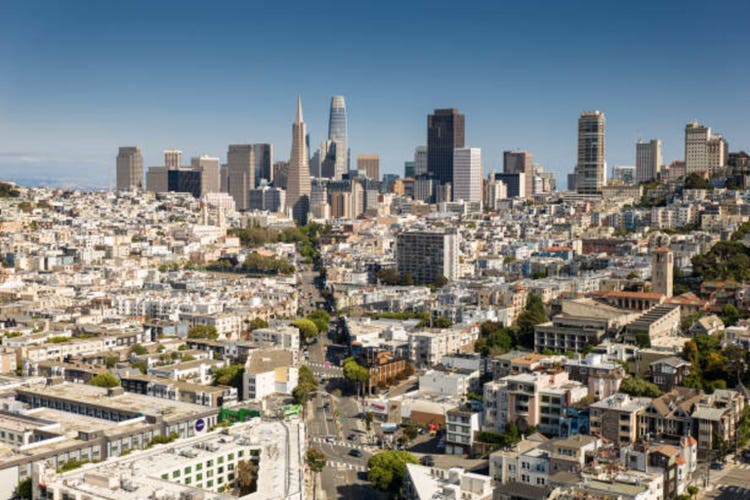


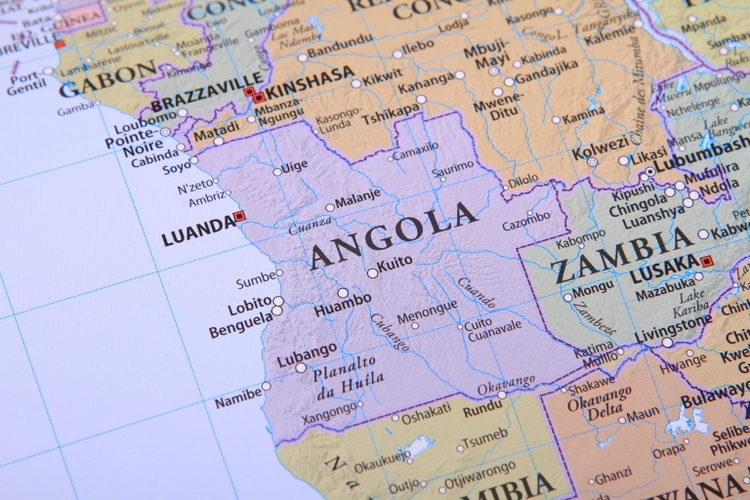
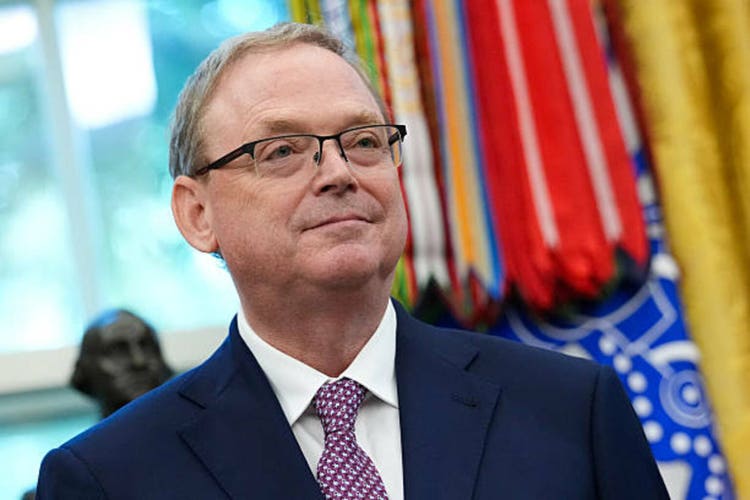
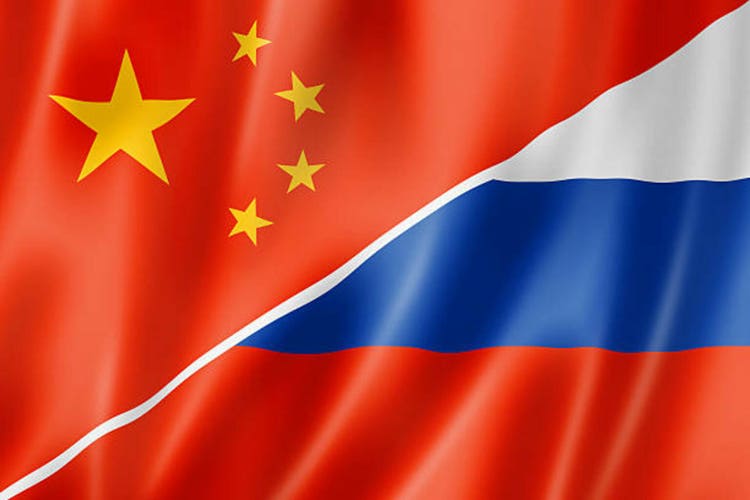


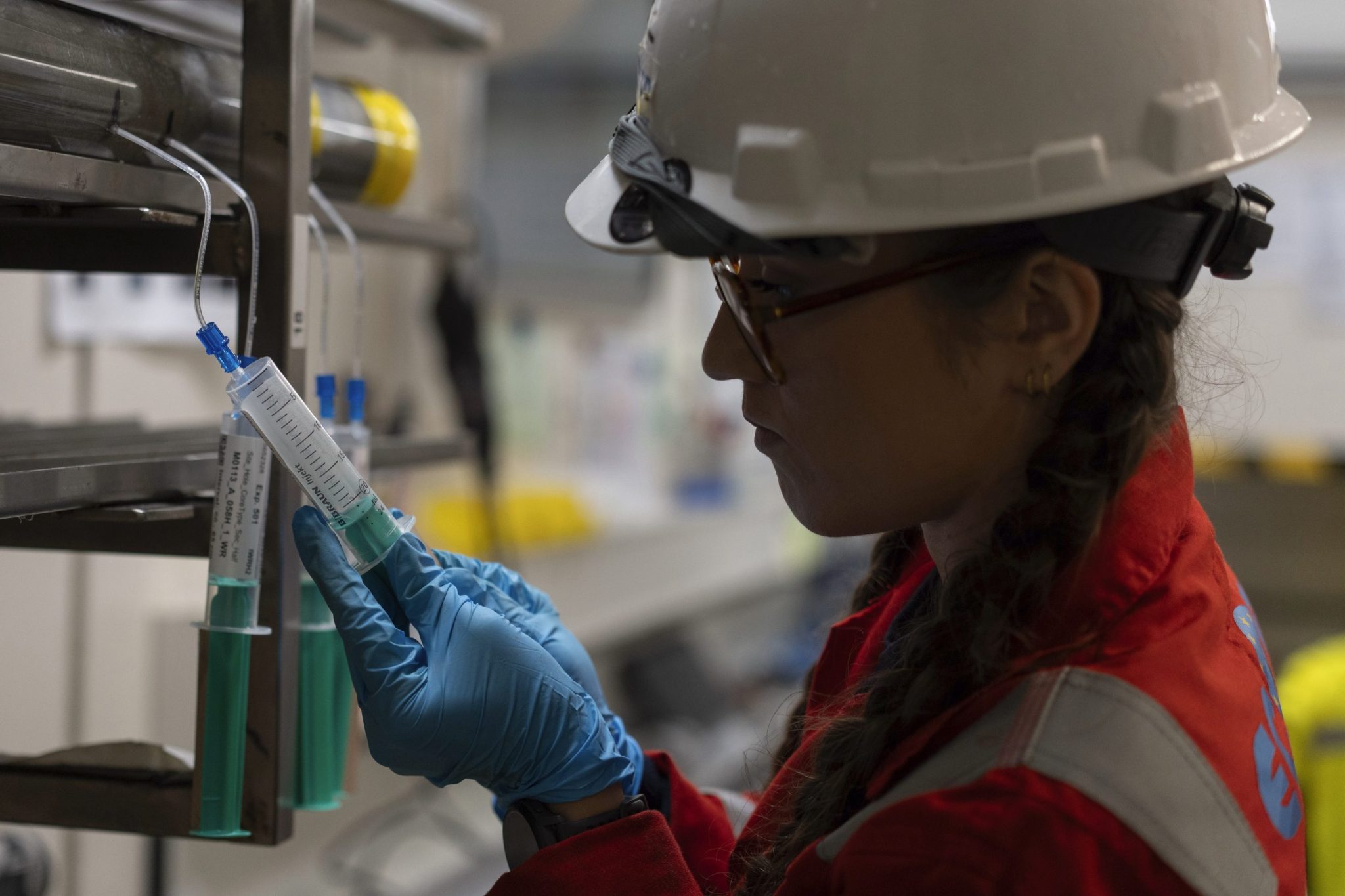







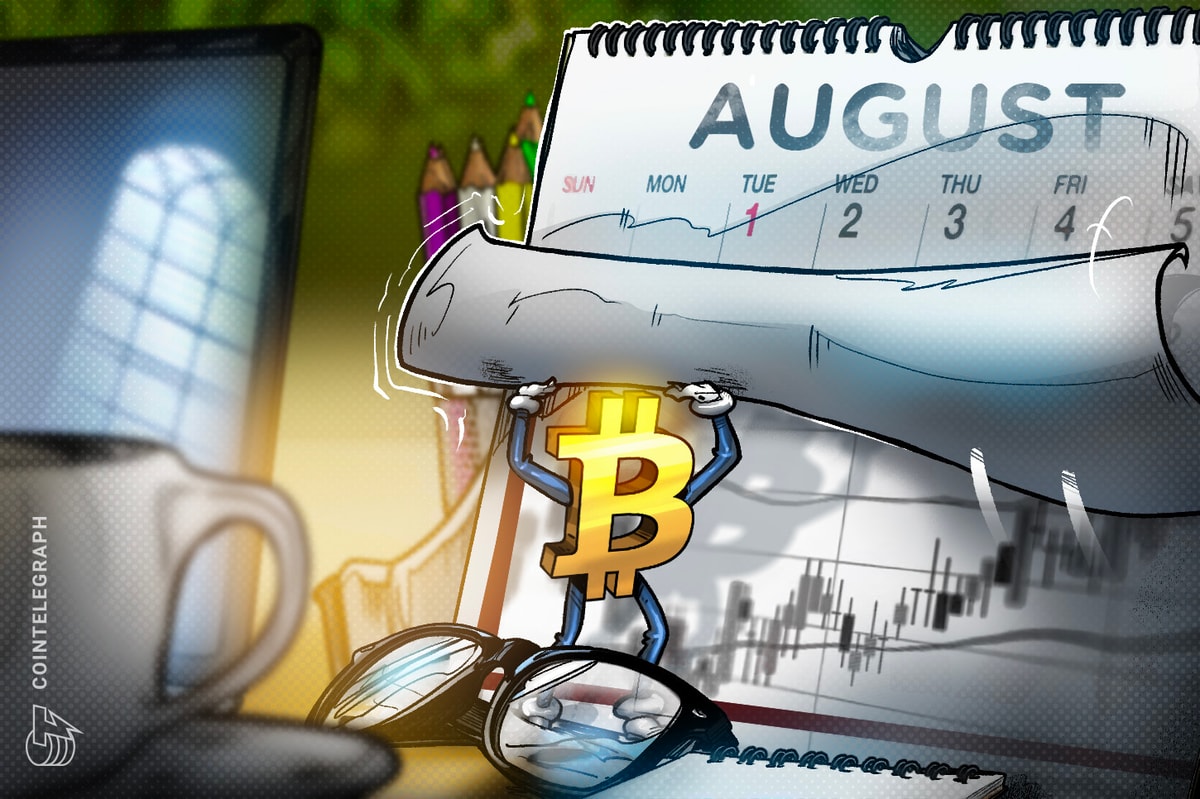
 English (US) ·
English (US) ·